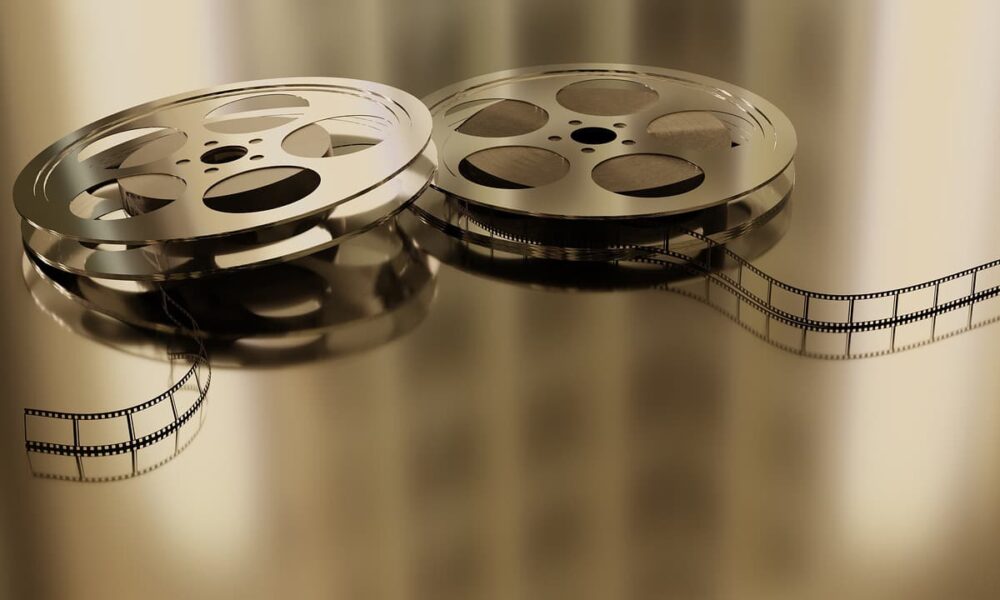In the realm of cinema, color has always been a powerful tool for storytellers. From the first experiments with color film in the early 20th century to the technicolor epics of Hollywood’s Golden Age, filmmakers have utilized color to evoke emotion, enhance narrative, and captivate audiences. However, the evolution of technology has brought about a new era in cinema – the age of color photo movies. In this article, we delve into the fascinating world of color photo movies, exploring their history, significance, and the impact they have on the cinematic experience.
The Birth of Color Photo Movies: A Technological Marvel
The concept of color photo movies emerged from the advancement of digital imaging technology. Unlike traditional color films, which rely on chemical processes to capture and reproduce color, color photo movies utilize digital sensors and processing algorithms to achieve stunning visual effects. This technological leap has revolutionized the way filmmakers approach color grading and manipulation, offering unprecedented control and flexibility in crafting cinematic worlds.
One of the pioneering examples of color photo movies is James Cameron’s groundbreaking film “Avatar” (2009). Utilizing cutting-edge motion capture and CGI techniques, Cameron created a visually immersive world filled with vibrant colors and breathtaking landscapes. The film’s success demonstrated the potential of digital technology to push the boundaries of visual storytelling, paving the way for a new era of filmmaking.
The Art of Color Grading: Crafting Visual Narratives
Central to the allure of color photo movies is the art of color grading – the process of digitally manipulating and enhancing color to achieve a desired aesthetic. Unlike traditional color films, which are often limited by the characteristics of film stock and chemical processes, color photo movies offer filmmakers unprecedented control over every aspect of color reproduction.
Filmmakers can manipulate color temperature, contrast, saturation, and hue with precision, allowing them to create distinct visual styles and evoke specific moods. Whether it’s the warm, nostalgic tones of a period drama or the cold, desaturated palette of a dystopian thriller, color grading plays a crucial role in shaping the emotional resonance of a film.

The Emotional Impact of Color: Engaging the Senses
Color has long been recognized as a powerful tool for evoking emotion and engaging the senses. In color photo movies, filmmakers harness the psychological impact of color to immerse audiences in the world of the film and enhance their emotional experience.
Warm colors like reds, oranges, and yellows are often associated with passion, energy, and warmth, while cool colors like blues and greens evoke feelings of calmness, serenity, and melancholy. By strategically manipulating color palettes and contrasts, filmmakers can guide the viewer’s emotional journey, intensifying moments of tension, excitement, or romance.
The Evolution of Visual Storytelling: Pushing Boundaries
Color photo movies represent a significant evolution in the art of visual storytelling, offering filmmakers unprecedented creative possibilities and pushing the boundaries of cinematic expression. With advances in digital imaging technology, filmmakers can now create immersive, photorealistic worlds that were once unimaginable, blurring the line between fantasy and reality.
Films like “Life of Pi” (2012) and “Gravity” (2013) showcase the transformative power of color photo movies, transporting audiences to breathtaking landscapes and outer space vistas with unparalleled visual fidelity. These films not only demonstrate the technical prowess of modern filmmaking but also underscore the limitless potential of color as a storytelling tool.
Case Studies: Iconic Color Photo Movies
The Grand Budapest Hotel (2014) – Directed by Wes Anderson, this whimsical comedy-drama is renowned for its meticulously crafted visual aesthetic, characterized by bold primary colors and symmetrical compositions. Each frame of the film resembles a vibrant painting, immersing viewers in a surreal and enchanting world.
La La Land (2016) – Damien Chazelle’s musical masterpiece pays homage to the golden age of Hollywood with its lush, dreamy color palette. From the sun-drenched hues of Los Angeles to the romantic purples of twilight, the film uses color to evoke a sense of nostalgia and romance, enhancing its timeless appeal.
Pan’s Labyrinth (2006) – Guillermo del Toro’s dark fantasy masterpiece juxtaposes the stark reality of post-Civil War Spain with the vivid imagination of its young protagonist. The film’s rich color palette, ranging from earthy tones to fantastical blues and greens, creates a visually arresting landscape that blurs the line between reality and fantasy.
Conclusion
In conclusion, color photo movies represent a groundbreaking advancement in the art of cinema, offering filmmakers unprecedented control and flexibility in crafting visual narratives. Through the art of color grading and manipulation, filmmakers can evoke emotion, engage the senses, and push the boundaries of visual storytelling. As technology continues to evolve, we can only imagine the wondrous worlds that await us in the realm of color photo movies.
